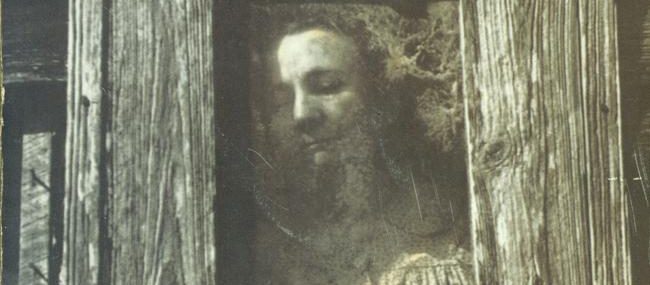


Immediately following her death there is some discussion as to whether they will follow her wishes at all. As her last wish, Addie asks that she is buried near Jefferson, the county seat, about 30 miles north of the Bundrens’ farm, so that she can be with her family, that is, her birth family. She has few loving words for her children or husband, and they have little for her (or any of each other, for that matter). The dying woman Addie is a proud and bitter person.

Set in the same fictional county in which Faulkner would place many of his novels, Yoknapatawpha County in Northwest Mississippi in the 1930s, it quickly becomes clear that this is not an altogether happy family. A single death provides the author a vehicle for encapsulating a microcosm of life. But by cycling through the perspective of 15 distinct narrators, and employing a stream of consciousness prose that ranges from colloquial to near-incomprehensible, Faulkner takes an at once profound and pedestrian premise and, filtered as it is through the consciousnesses of these very different characters, shows us a veritable kaleidoscope of deep-seated responses to a defining moment a host of lessons can be learned, just as easily as none at all. His third novel, As I Lay Dying, concerns a relatively simple set of events: the death of the Bundren family matriarch, and their difficult subsequent journey through the countryside to bury her body. Faulkner was a “Southern” writer, in the vein of Flannery O’Connor, but like O’Connor, his works tend to speak to larger themes.


 0 kommentar(er)
0 kommentar(er)
